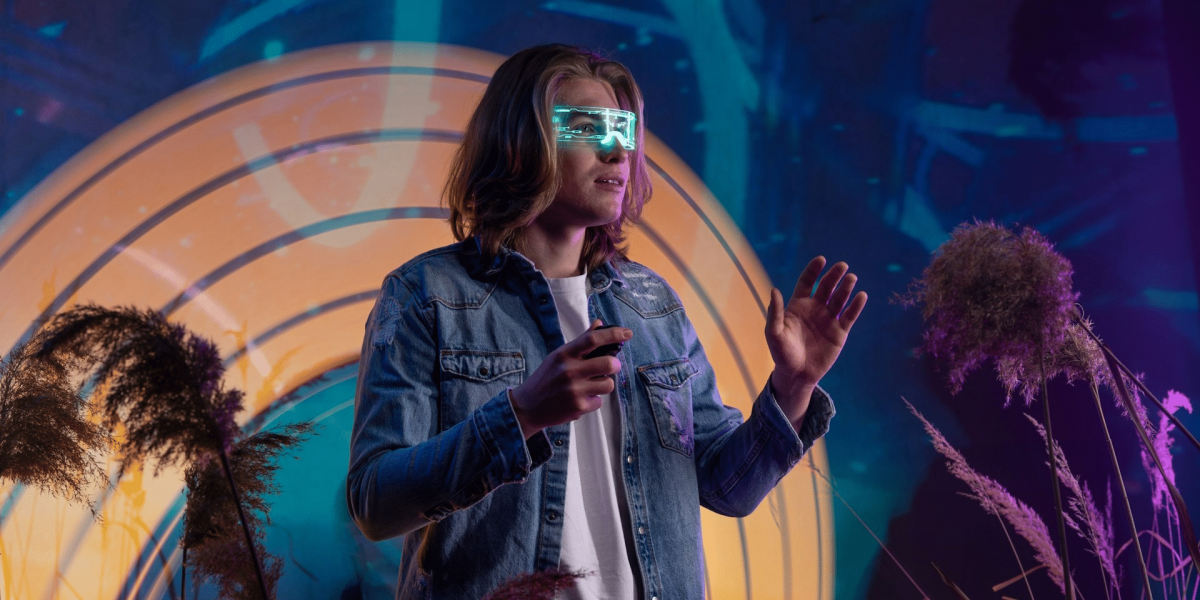The integration of artificial intelligence (AI) into various facets of our daily lives has been nothing short of revolutionary. From smart assistants in our homes to AI-driven analytics in businesses, the applications are extensive and continually evolving. One of the most exciting prospects on the horizon is the inclusion of AI interfaces in glasses. This development could redefine how we interact with the world around us. But how long before glasses include AI interfaces?
The Current State of Smart Glasses
Smart glasses have been around for several years, with early models like Google Glass introducing the concept to the public. These early iterations offered basic functionalities such as taking photos, recording videos, and displaying simple notifications. However, they were limited in scope and faced significant challenges, including high costs and privacy concerns.
Recent advancements in technology have led to more sophisticated smart glasses. Companies like Vuzix, North (acquired by Google), and Bose have developed models that integrate augmented reality (AR), better battery life, and improved aesthetics. Despite these improvements, the integration of AI interfaces is still in its nascent stages.
The Role of Artificial Intelligence
AI has the potential to dramatically enhance the user experience of smart glasses. With AI, glasses can offer real-time language translation, advanced facial recognition, and even predictive text. For instance, AI could help individuals with hearing impairments by providing real-time subtitles for conversations.
AI interfaces in glasses could also enable personalized interactions. By learning from the user’s habits and preferences, AI can provide tailored suggestions, reminders, and alerts. This personalization would make the glasses not just a tool but an integral part of the user’s daily life.
Technological Challenges
One of the primary challenges in integrating AI into glasses is battery life. AI algorithms require significant computational power, which can drain batteries quickly. Researchers are actively working on developing more efficient power solutions to address this issue.
Processing large amounts of data in real-time is another hurdle. AI interfaces need to process visual and auditory inputs swiftly to provide accurate and timely information. Advances in edge computing and more efficient processors are expected to mitigate these challenges.
Privacy remains a critical concern with the advent of AI in smart glasses. Continuous data collection and processing raise questions about user privacy and data security. Robust data protection measures and transparent privacy policies are essential to gain public trust.
Industry Players and Developments
Several major tech companies are investing heavily in this area. Google, Apple, and Facebook are among the leaders in developing AI-integrated glasses. Apple’s rumored AR glasses, for instance, are expected to incorporate AI features to enhance user interaction and accessibility.
In addition to tech giants, numerous startups are also contributing to this innovation. Companies like Mojo Vision and Nreal are exploring ways to combine AI with AR in smart glasses, aiming to create seamless and immersive experiences.
Expected Timeline
In the short term, we can expect incremental improvements in smart glasses with AI capabilities. Features like basic AI-driven notifications, voice commands, and simple AR overlays are likely to become more common within the next 2-3 years.
The full integration of sophisticated AI interfaces in glasses may take a bit longer. Experts predict that within 5-10 years, we will see glasses capable of advanced functionalities such as real-time object recognition, advanced personal assistants, and immersive AR experiences. Continuous advancements in AI, battery technology, and data processing will be crucial in achieving this milestone.
Real-world Applications
AI-integrated glasses hold significant potential in healthcare. For instance, surgeons could use them for real-time guidance during complex procedures, while paramedics could access critical patient information on the go. These applications could improve efficiency and outcomes in medical settings.
In education, AI-powered glasses could transform the learning experience. Students could benefit from real-time translations, interactive AR content, and personalized learning assistance. This technology could make education more accessible and engaging.
For everyday users, AI in glasses could provide seamless access to information, enhance productivity, and offer entertainment options. From navigating cities to finding information quickly, the possibilities are vast and varied.
The journey towards integrating AI interfaces into glasses is well underway, with significant advancements expected in the coming years. While there are challenges to overcome, the potential benefits make this an exciting area of development. As technology continues to evolve, the dream of having AI-powered glasses as part of our everyday lives is becoming increasingly tangible. The future of AI in smart glasses is not a question of if, but when.
















